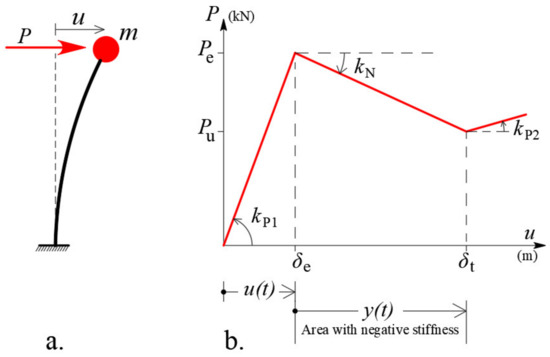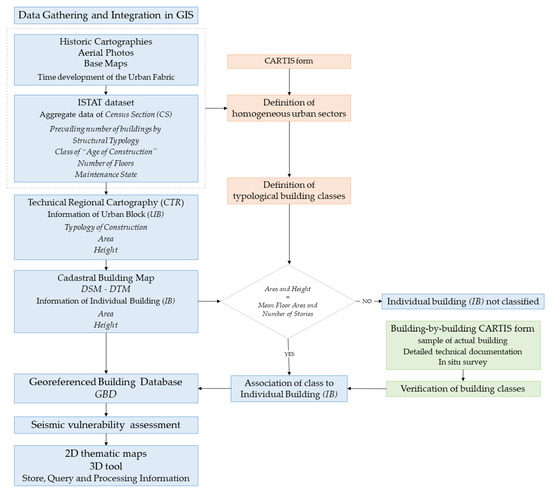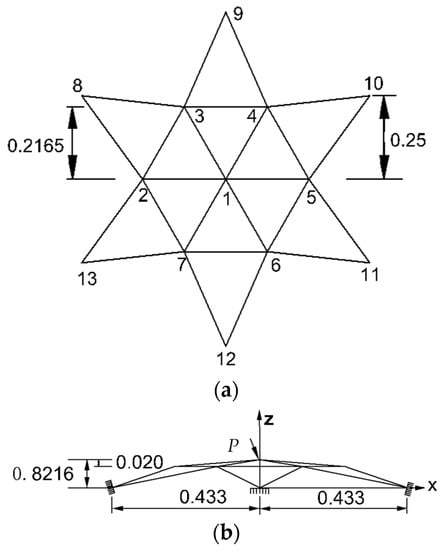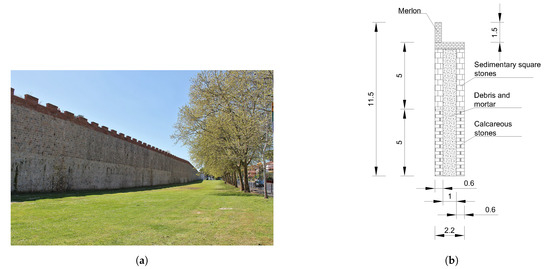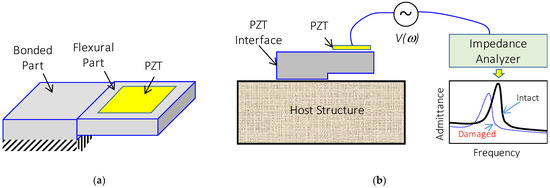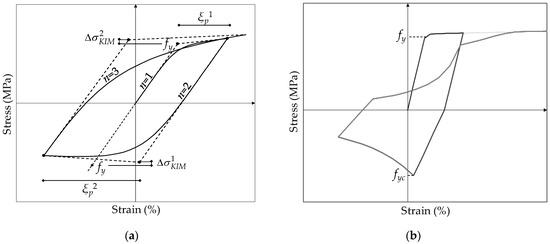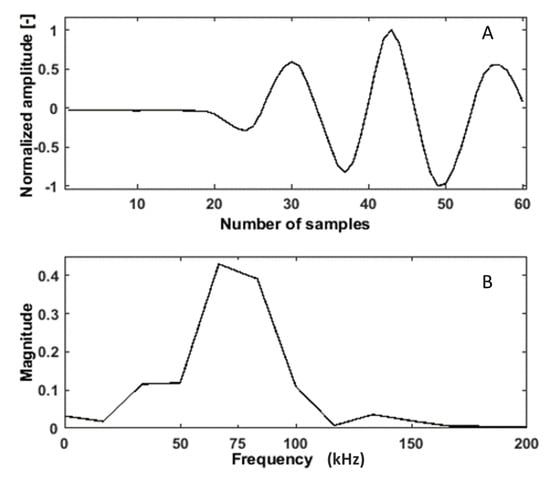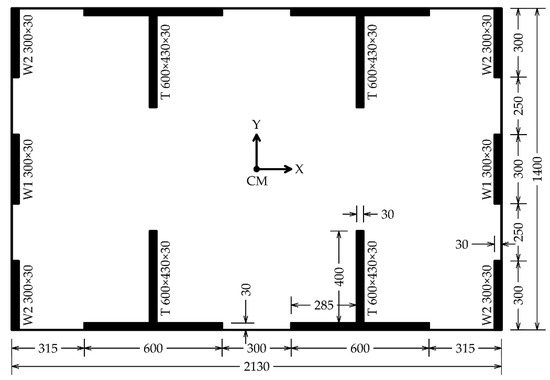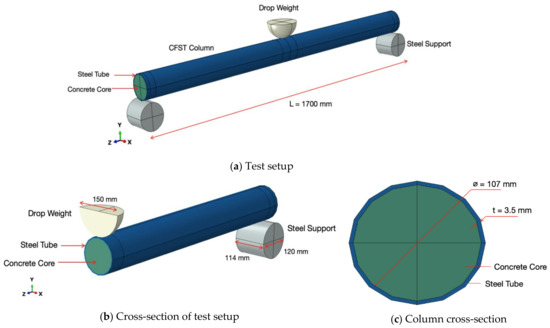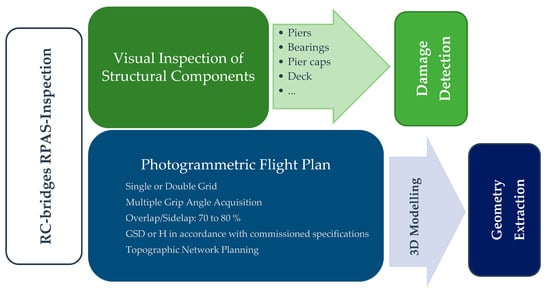Structural Dynamics and Analysis of Civil Structures and Engineering Materials
A topical collection in Buildings (ISSN 2075-5309). This collection belongs to the section "Building Structures".
Viewed by 33494Editors
Interests: earthquake engineering; structural dynamics; finite element analysis; construction engineering; finite element modeling; structural analysis; building; civil engineering materials construction; concrete technologies
Interests: structural analysis; earthquake engineering; finite element analysis; dynamic analysis; nonlinear analysis; modal analysis; building; structural dynamics; finite element modeling; FE analysis
Topical Collection Information
Dear Colleagues,
Civil structures and infrastructures are continuously exposed to the multi-hazard threat of an ever-changing environment, and one of the most impactful challenges of structural mechanics and engineering is to guarantee their optimal performance, whether they are new or existing.
The objective of this Topical Collection is to bring together the most recent research trends and advances in structural dynamics and analysis to support the needs of professionals and researchers engaged in the development and application of new modelling, design and assessment strategies capable of effectively describing the structural behaviour of civil structures and infrastructures under a variety of external actions such as earthquakes, wind, vibrations, and extreme loads leading to progressive collapse.
Within this framework, the open threads that are embraced in the collection are analytical, experimental, and numerical methods for evaluating the linear and non-linear structural response; implications of modelling assumptions in the design and assessment processes of new and existing structures; advanced approaches for dynamic analysis, also in view of a probabilistic framework; appraisal of different methods of analysis; problems of dynamic interaction. Another key aspect is related to modelling and characterization of structural materials, from traditional ones, such as reinforced concrete, steel and masonry, to the more innovative and advanced ones, such as laminated glass or wood and fiber reinforced composites. In this perspective, studies about micro and macro modelling of structural materials—both numerical and aimed at experimental testing—are also especially encouraged.
Contributions in the following topics are welcome (they need not be limited to this list):
- Structural dynamic approaches, numerical applications, case studies
- Linear and nonlinear structural analyses
- Modelling and characterization of structural materials
- Analysis of Engineering Materials under Dynamic Loads
- Design of new civil structures and infrastructures
- Structural Health Monitoring
- Vibration Analysis and Dynamic characterization
- Assessment and retrofit of existing civil structures and infrastructures
- Structural performance under hazardous events
- Soil-Structure Interaction
- Applications in Risk and Mitigation analysis
- Experimental testing and modelling
Prof. Dr. Giuseppina Uva
Dr. Sergio Ruggieri
Collection Editors
Manuscript Submission Information
Manuscripts should be submitted online at www.mdpi.com by registering and logging in to this website. Once you are registered, click here to go to the submission form. Manuscripts can be submitted until the deadline. All submissions that pass pre-check are peer-reviewed. Accepted papers will be published continuously in the journal (as soon as accepted) and will be listed together on the collection website. Research articles, review articles as well as short communications are invited. For planned papers, a title and short abstract (about 100 words) can be sent to the Editorial Office for announcement on this website.
Submitted manuscripts should not have been published previously, nor be under consideration for publication elsewhere (except conference proceedings papers). All manuscripts are thoroughly refereed through a single-blind peer-review process. A guide for authors and other relevant information for submission of manuscripts is available on the Instructions for Authors page. Buildings is an international peer-reviewed open access monthly journal published by MDPI.
Please visit the Instructions for Authors page before submitting a manuscript. The Article Processing Charge (APC) for publication in this open access journal is 2600 CHF (Swiss Francs). Submitted papers should be well formatted and use good English. Authors may use MDPI's English editing service prior to publication or during author revisions.
Keywords
- Structural dynamics
- Structural mechanics
- Linear and nonlinear methods of analysis
- Design of new structures
- Assessment of existing structures
- Characterization and modelling of engineering materials
- Risk and mitigation analysis






